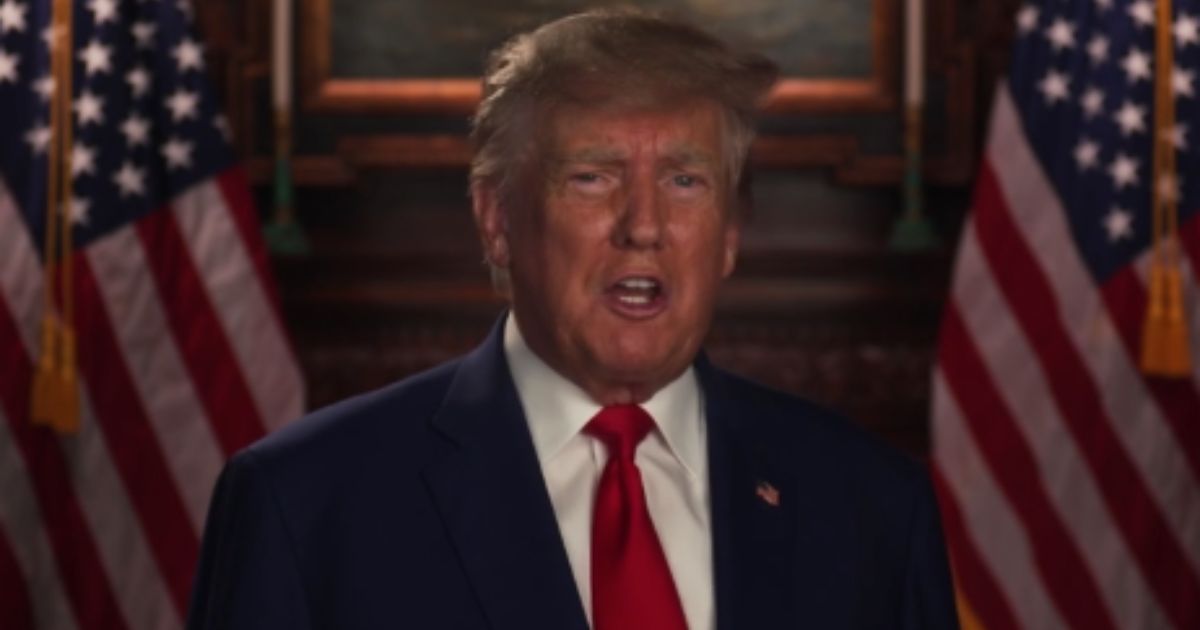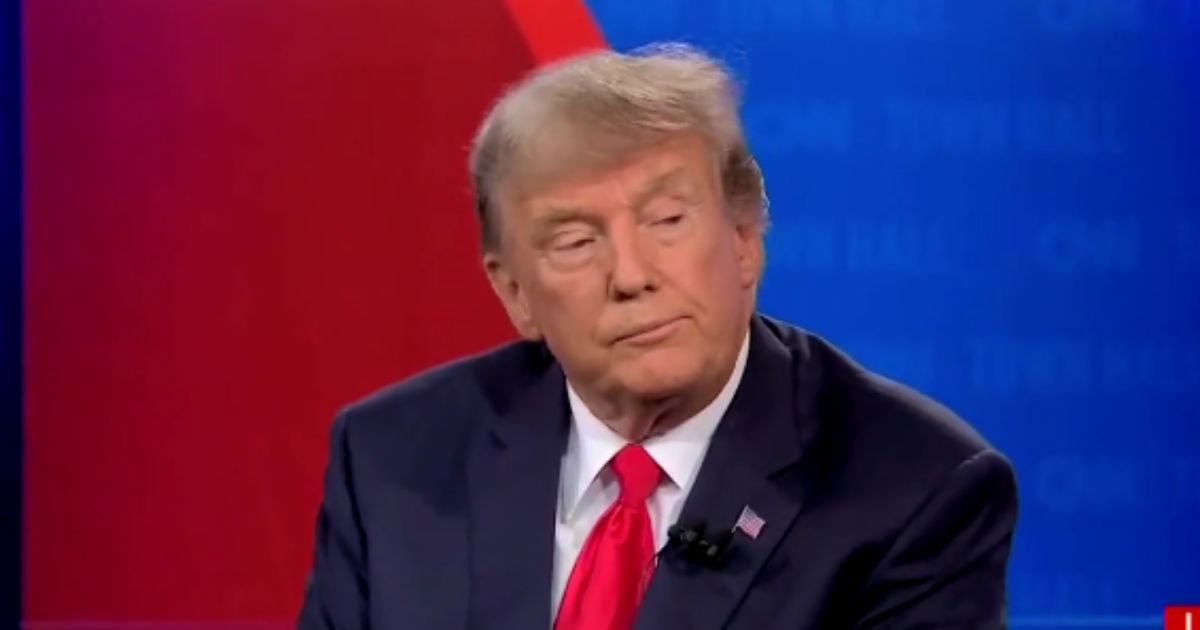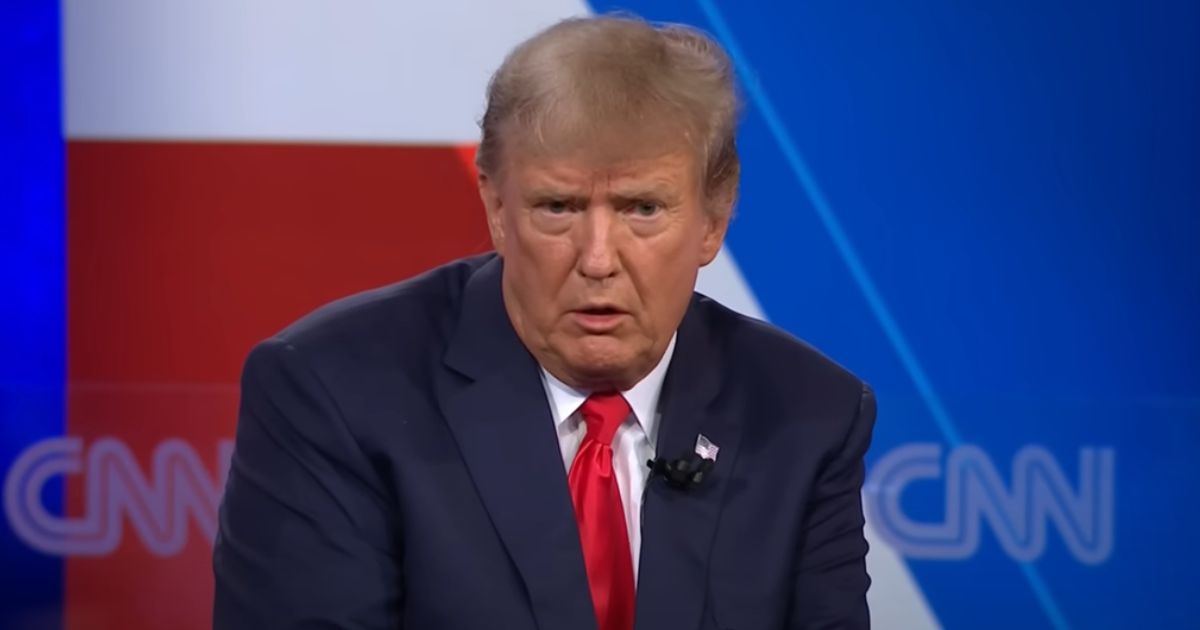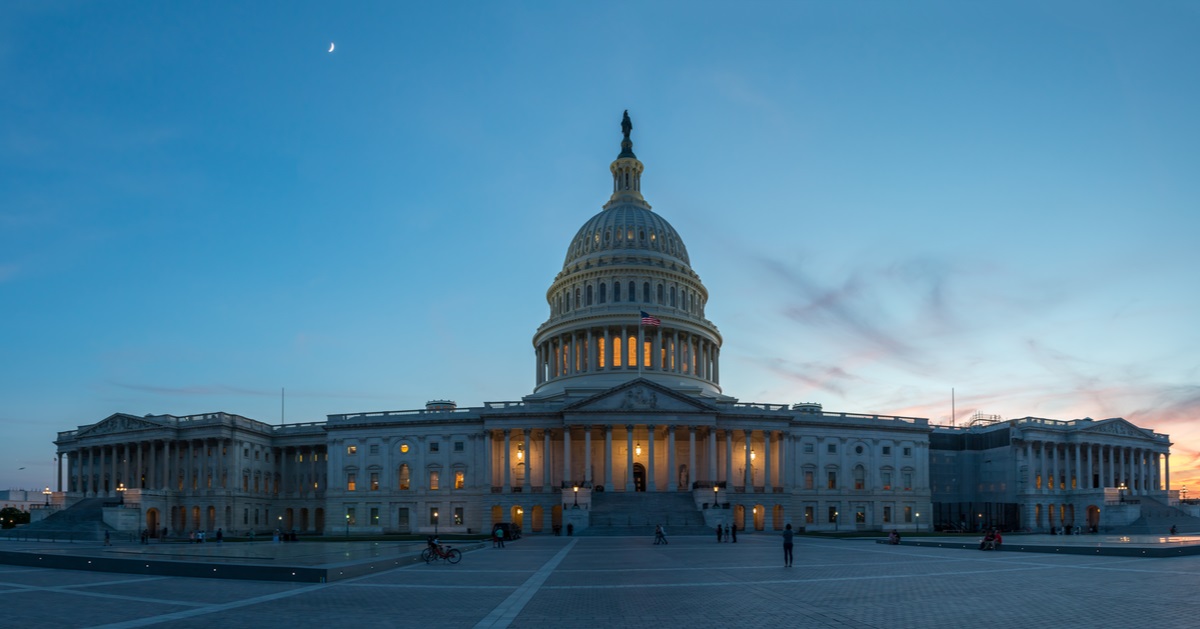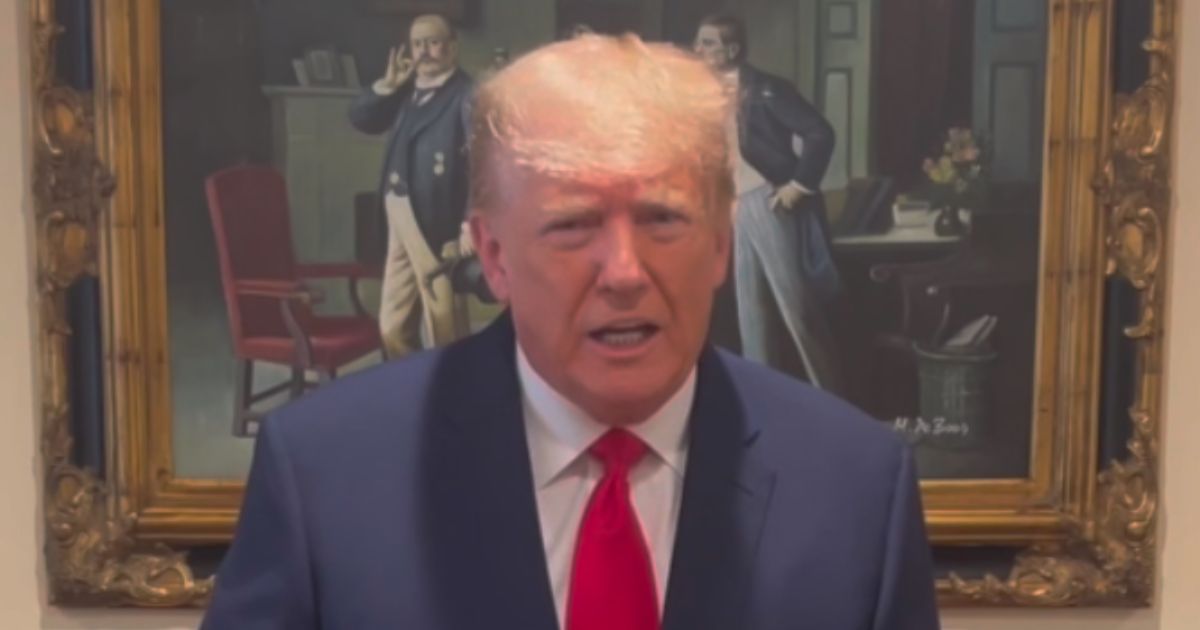Vice President Harris: A Chameleon In Political Strategy
Vice President Kamala Harris's campaign strategy appears to be evolving, with recent policy proposals and statements seeming to appeal to a broad spectrum of voters.
According to a commentary from the Washington Examiner, Harris's campaign approach bears similarities to past political strategies that aim to resonate with diverse voter bases.
In a similar vein to a 2016 "Saturday Night Live" sketch where Hillary Clinton, played by Kate McKinnon, comically adopted Bernie Sanders' policies, Vice President Kamala Harris is seen aligning with positions from different political spectrums.
The 2016 sketch showed Hillary Clinton progressively agreeing with voters' beliefs, culminating in her completely embracing Sanders' stances. This approach is mirrored in Harris's current political maneuvering.
Harris has notably adopted a proposal prominently endorsed by Donald Trump - the cessation of taxation on tips - as her own. This policy was especially highlighted in Nevada, a key battleground state that could prove pivotal in the upcoming election.
From Sketch Comedy To Real-World Politics
The absence of a detailed policy agenda on Harris's official campaign website has further highlighted her strategic ambiguity.
Positioning herself across moderate and far-left democratic ideologies allows her a broader appeal but leaves specifics up for questioning. While she has posted certain policy directions, the depth and details are notably sparse.
Media engagement is another area where Harris maintains a calculated distance. By avoiding direct interactions with the media, Harris stays clear of potentially tricky questions that could arise from her varying policy positions. This move mirrors a political tactic where maintaining a certain mystery can serve to a candidate's advantage.
Harris's surrogates' statements have been keen to separate her from the far-left policies she was associated with during her 2020 presidential campaign.
For instance, her previous support for a ban on fracking and Medicare for All is no longer part of her promoted agenda, though she hasn't publicly renounced these stances.
Strategic Ambiguity in Political Positions
This strategy leaves voters guessing and her competitors unable to pin down her stance to critique it effectively. Jeremiah Poff of the Washington Examiner remarked:
If you are looking for a candidate who repudiates the far-left of the Democratic Party by offering vague platitudes about prosperity, then Harris is the candidate for you! If you are a far-left campus radical who wants the president to take a harsher line on Israel, then good news, Harris is your candidate too!
While allowing flexibility, this approach also opens Harris to criticism of being vague or non-committal. Critics argue that such flexibility can be perceived as a lack of genuine policy conviction.
Moreover, while Harris navigates the complex political landscape by shifting stances, this strategy allows her to adapt to the changing dynamics of her voter base.
Poff outlines the perceived media response to her political maneuvering:
But if you are worried that Harris is moving too far to the right in her campaign, do not fear! The vice president has not publicly repudiated any of those previous policy positions... And the fair and unbiased legacy media have little interest in forcing her to answer for her supposed contradictions.
Adapting To Voter Expectations
The broad approach Harris adopts might be a tactical move to consolidate as much support as possible. Whether this will succeed in garnering the necessary votes remains a question that only the coming elections can answer.
Ultimately, Vice President Kamala Harris's campaign strategy is a high-stakes balancing act between appeasing diverse political factions and maintaining her own political identity. As the political environment evolves, so does the necessity for candidates to be both flexible and decisive—a complex dance that Harris appears to embrace completely.
Conclusion
Vice President Kamala Harris shapes her 2024 campaign to appeal broadly, incorporating varying policies from different political figures. Her strategy includes avoiding taxing on tips, a move aligning with former President Trump, and distancing herself from stringent, far-left policy stances.
However, the lack of detailed policy on her campaign website and minimal direct media engagement further shrouds her campaign in ambiguity aimed at attracting a wide range of voters. With her surrogates refuting extreme leftist views and the media not pressing her on contradictions, Harris runs a campaign of versatile political positioning, leaving the electorate pondering over her true policy convictions.

